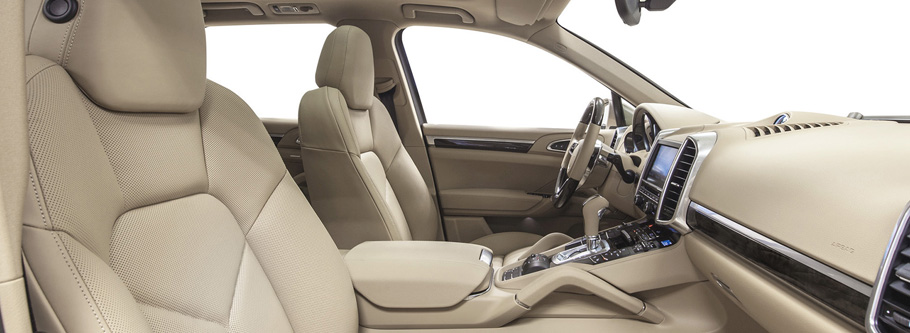Automotive foam is a remarkable material that has revolutionised the automotive industry with its diverse range of applications and exceptional properties. With its impressive cushioning and insulation capabilities, automotive foam has become a favoured choice for numerous automotive products and components, playing a crucial role in enhancing comfort, safety, and performance.
One of the main applications of automotive foam is found in seat cushions. By incorporating automotive foam into the production of seat cushions, manufacturers ensure optimal comfort and support for drivers and passengers during their journeys. The foam’s ability to conform to body contours helps alleviate pressure points, reducing fatigue and discomfort on long drives. Furthermore, its resilience ensures that the seat cushion retains its shape and supportiveness over time, providing consistent comfort throughout the vehicle’s lifespan.
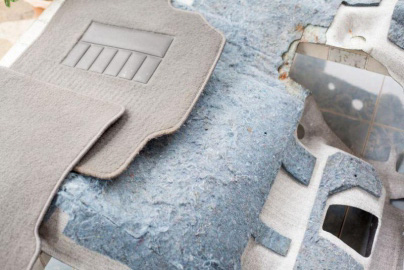
Automotive foam finds widespread use as carpet underlayment within vehicles. By serving as a soft cushioning layer between the carpet and the vehicle’s floor, the foam significantly reduces road noise and vibration. This not only contributes to a quieter and more comfortable ride but also helps preserve the vehicle’s interior by minimising wear and tear on the carpet. The foam’s insulating properties help maintain a comfortable temperature inside the cabin by reducing heat transfer from the floor.
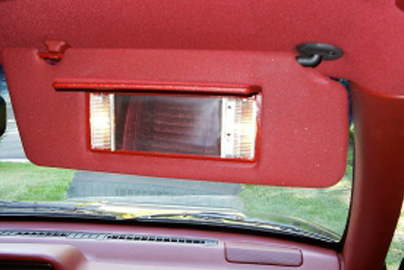
Another primary function of automotive foam lies in insulation. The foam is employed in various areas of a vehicle, including the roof, doors, and floor, to minimise noise, vibration, and heat transfer. By effectively insulating these components, automotive foam improves passenger comfort by creating a quieter cabin environment and preventing temperature extremes from impacting the interior. This insulation is particularly crucial for electric and hybrid vehicles, where minimising external noise and maintaining optimal temperature control are vital for a premium driving experience.
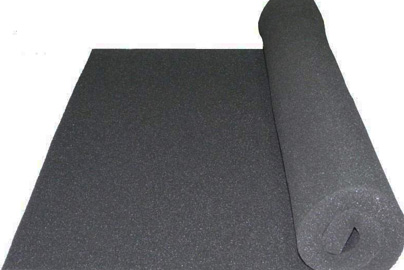
More so, automotive foam plays a crucial role in protective packaging for automotive parts during transportation and storage. Its resilient and shock-absorbing properties make it ideal for safeguarding delicate components, ensuring they remain intact and undamaged throughout the supply chain. Whether it’s fragile electronic modules or intricate mechanical parts, automotive foam provides a protective barrier against impacts, vibrations, and other potential hazards. By utilising automotive foam in protective packaging, manufacturers can confidently transport and store automotive parts without the risk of impact-related damage, ultimately reducing costs and improving customer satisfaction.
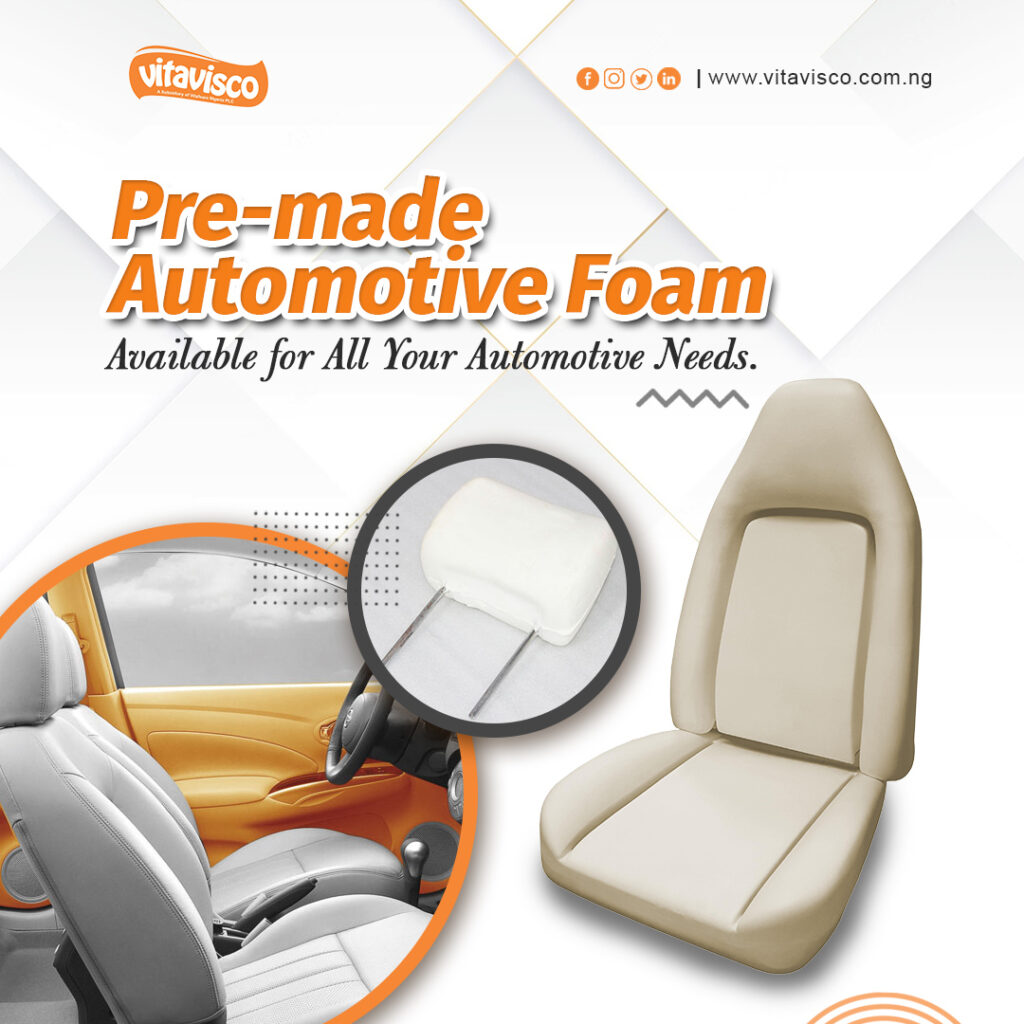
Automotive foam is typically manufactured using materials such as polyurethane, polyethylene, or melamine foam. The specific type of foam chosen depends on the application’s requirements, such as desired strength, durability and heat resistance. Polyurethane foam, for example, offers excellent cushioning properties and can be tailored to meet specific density and firmness requirements. Polyethylene foam, on the other hand, is lightweight, water-resistant, and resistant to chemicals, making it suitable for applications that require durability and resistance to environmental factors. Melamine foam, known for its sound absorption and flame-resistant properties, is often used for noise insulation and fire safety applications in vehicles.
In conclusion, automotive foam stands as an exceptional and indispensable material that propels the automotive industry forward, elevating comfort, safety, and performance to new heights. Its remarkable cushioning and insulation properties have revolutionised the way we experience driving, transforming mundane journeys into moments of pure relaxation and enjoyment. CONTACT US NOW


